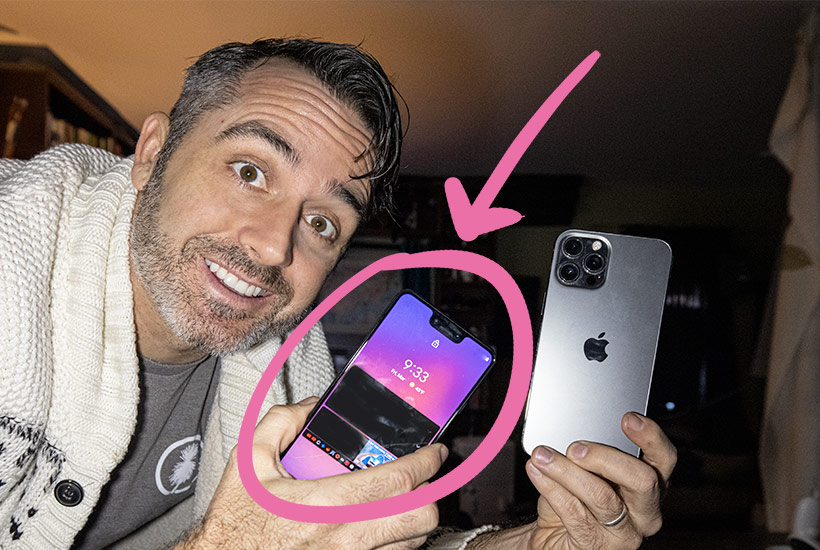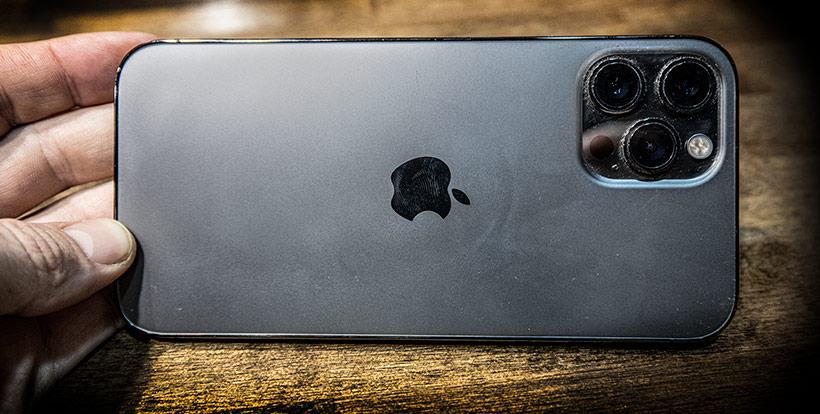Android’s backup and restore features are still inferior to iOS’s
For years now, Android has constantly improved its built-in backup system to ensure enhanced safety and improved performance as requested by the users. However, despite these improvements, it still falls short in a number of critical areas, causing a lot of frustration among its users.
Its issues are even more obvious when the operating system’s backup and restore features are put in contrast with Apple’s iCloud backup features for iPhones. Even if iOS’s features aren’t perfect either, they perform a lot better when it comes to copying over app data, which saves users a lot of time when they set up a new phone.

Now, Android’s problems with backup and restore features are becoming more evident these days also because people are upgrading their phones more often than ever before. Long gone are the days when you’d purchase a phone and keep it for several years. Today, people change their phones for different reasons: they want a sleeker design, improved battery life, better cameras, or they simply got bored with their old phones and want an upgrade. Yet, the thing is that when you change your phone, there’s one essential thing you must do first: back it up. And that’s where Android’s issues with backup and restore features come into the scene.
Some users have experienced problems with duplicated or improperly synced contacts after the upgrade. Others have complained about not being able to restore all their photos and text messages.
Besides upgrading your phone, there are other cases when you need to know that you rely on a solid backup and restore system. For example, you may lose your phone, or it may break down because of an accident. If you don’t have a reliable enough system, you’re doomed to lose all your data.
What are the issues with Android’s backup and restore features?
Android is the leading mobile operating system worldwide, according to January 2021 data from Statista. It seems that the operating system controls the mobile OS market with a 71.93% share. That’s a lot! And, from such a mature and popular operating system, you’d expect to provide the highest-quality features on the market. Yet, this doesn’t seem to be the case when it comes to Android’s backup procedures.
Over the last years, there have been some pretty well-known bugs in the operating system that made the backup and restore features fail completely. In 2019, for example, Android backups to Google Drive had been disabled on many phones for months. The problem affected devices that run Android 9.0 and 10 across plenty of manufacturers, causing the bug to leave Google Doc sync in a continuous “waiting to backup” state.
One workaround for backup can be the temporary turning off lock screen measures. Or at least that can help you solve the issues for a single backup. Yet, this isn’t an acceptable solution for the long-term.
Even when Android backups are successful and you are able to restore a device, there are always some random bugs that are transferred in the process, making the new hardware experience some issues that your old phone didn’t have.
Another major issue with Android’s backup and restore systems is the fact that Google Drive only allows a single backup per mobile device, be it a phone or a tablet. So, the thing is that if there’s something that goes wrong while you are syncing to your account, like a network connectivity issue, there’s a great chance that your backup might get corrupted. If that happens, you’ll lose all your data, and well, that defeats the purpose of creating a backup in the first place, right?
What’s more, suppose that you use another phone, like an iPhone, for a short time only to experiment with the iOS operating system. In the case you want to switch back, you may not have a backup left to restore because backups are set to expire after two months, and guess what? Google won’t even let you know before deleting your data.
Perhaps the biggest issue here is that Android isn’t that reliable when it comes to backing up and restoring app data when compared to iOS. On Android, there are plenty of third-party apps that claim to be able to do what Google can’t and copy across all your app data. However, these third-party apps are rather too complicated for the average users making it difficult for people to worth their way around with them. What’s more, the way these third-party apps work varies significantly based on what phone and OS version you have.

Why Apple does it better?
iOS vs. Android is one of the most popular wars in the world of technology. There are millions of users who support both of them, and they are constantly fighting over which operating system is better. Well, in this article, we won’t discuss the pros and cons of each operating system. Yet, we must give iOS what’s it: superior backup and restore features that provide Apple users with different ways to back up the iPhone.
Backups on iPhone also have some of the issues we’ve discussed on Android. However, they outperform Android’s features when it comes to backup and restore offerings.
When you first set up a new iPhone device, your iMessage chats will automatically be transferred into your new phone because the app itself performs its own iCloud backup. In contrast, on Android, SMS messages need to be restored by the user during device setup. It’s the same for MMS messages on Android. This is only one example of how iCloud is making it easier for users to restore an app’s state compared to Google Drive.
What’s more, another example is the fact that when you restore a new iPhone from a backup, you won’t even have to sign in to most of the apps and games you used to have on your old phone. Plus, all your settings and preferences will still be present on the new device precisely as you had them on your old phone. This is a big reason why moving from an iPhone to another is a lot easier and smoother than moving from one Android phone to another.
In conclusion, Android needs to start working twice as hard to reach iOS’s backup and restore features quality.
































































































